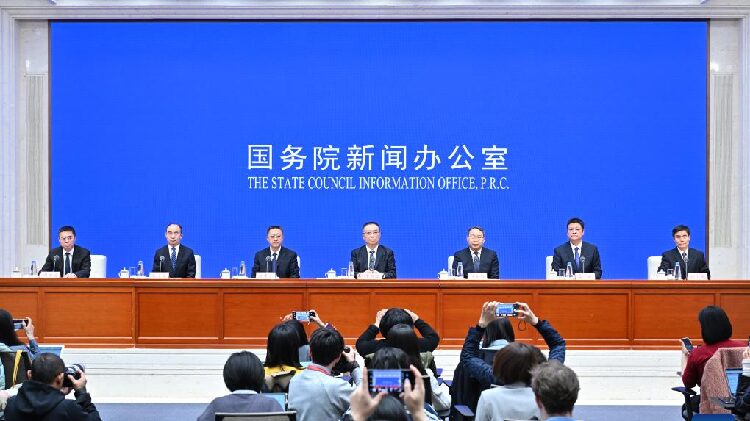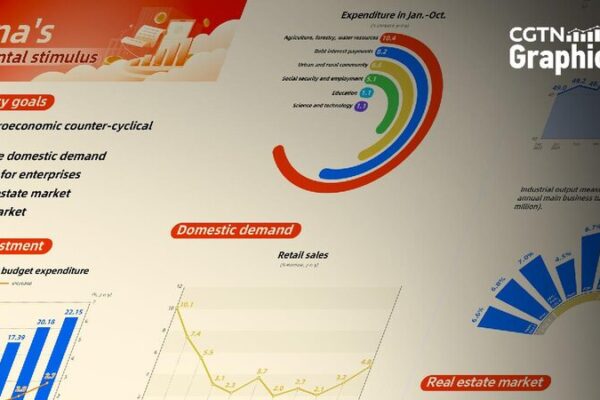China has unveiled a new comprehensive plan aimed at boosting consumer spending and stimulating economic growth. Announced on Sunday, the plan introduces 30 policy measures designed to enhance incomes, stabilize key markets, and improve the overall quality of life for its citizens.
For over a decade, China has held its position as the world’s second-largest consumer market and the largest e-commerce market. Recent data released on Monday shows that retail sales of consumer goods climbed 4% year-on-year in the first two months of 2025, a 0.5 percentage point increase compared to the same period in 2024.
Despite this positive growth, consumer confidence remains subdued due to various factors. “Boosting consumption and expanding domestic demand remains imperative,” said Li Chunlin, deputy director of the National Development and Reform Commission (NDRC), at a press conference on Monday.
A Multi-Faceted Approach
The plan is structured across eight sections, focusing on both demand-side and supply-side initiatives. On the demand side, it includes measures to enhance incomes for urban and rural residents, promoting reasonable wage growth, and adjusting minimum wages. On the supply side, it aims to improve service quality, upgrade consumption standards, and foster stability in key markets like stocks and real estate.
In a significant move, the plan emphasizes stabilizing the stock and real estate markets. It calls for strengthening strategic reserves and market stabilization mechanisms, and encourages long-term funds, such as commercial insurance funds and pension funds, to enter the market.
Supporting Housing and Investment
To better meet housing needs, efforts will focus on reversing the downturn in the real estate market and restoring stability. Since last year, policymakers have introduced various measures, including mortgage rate cuts and decreased down payment requirements, to support the property sector.
Investment in key areas will continue to be robust. In 2025, special treasury bonds worth 300 billion yuan ($41.67 billion) will support consumer goods trade-in programs, doubling the allocation from 2024. These programs have significantly boosted equipment purchases and sales of durable consumer goods.
Enhancing Well-Being
The plan connects consumer spending with broader social goals, aiming to improve quality of life. It outlines initiatives to support child care and elderly care, including considering the establishment of a child care subsidy system and increasing fiscal subsidies for basic old-age benefits and medical insurance.
Moreover, the government plans to allocate funds to support employment and startup assistance programs, emphasizing the “employment first” policy. It also aims to implement the paid annual leave system, ensuring workers’ rights to rest and vacation are legally protected.
“These measures are not just about boosting consumption; they are about enhancing the well-being of our people,” Li Chunlin stated.
Looking Ahead
By targeting both economic and social aspects, China’s new policy measures seek to drive growth while improving the standard of living for its residents. As the plan rolls out, it is expected to have a significant impact on consumption patterns and the overall economy.
Reference(s):
cgtn.com








